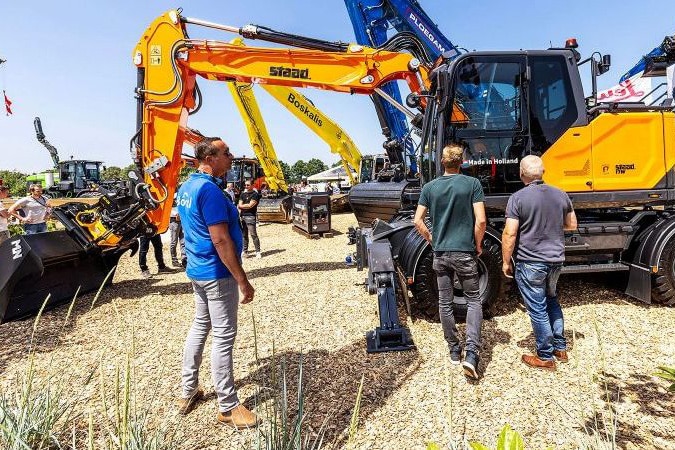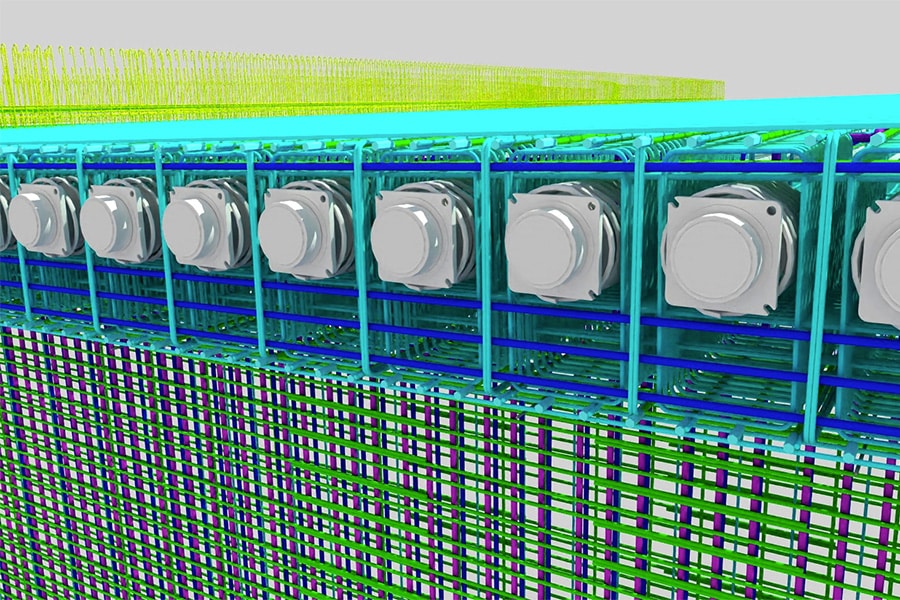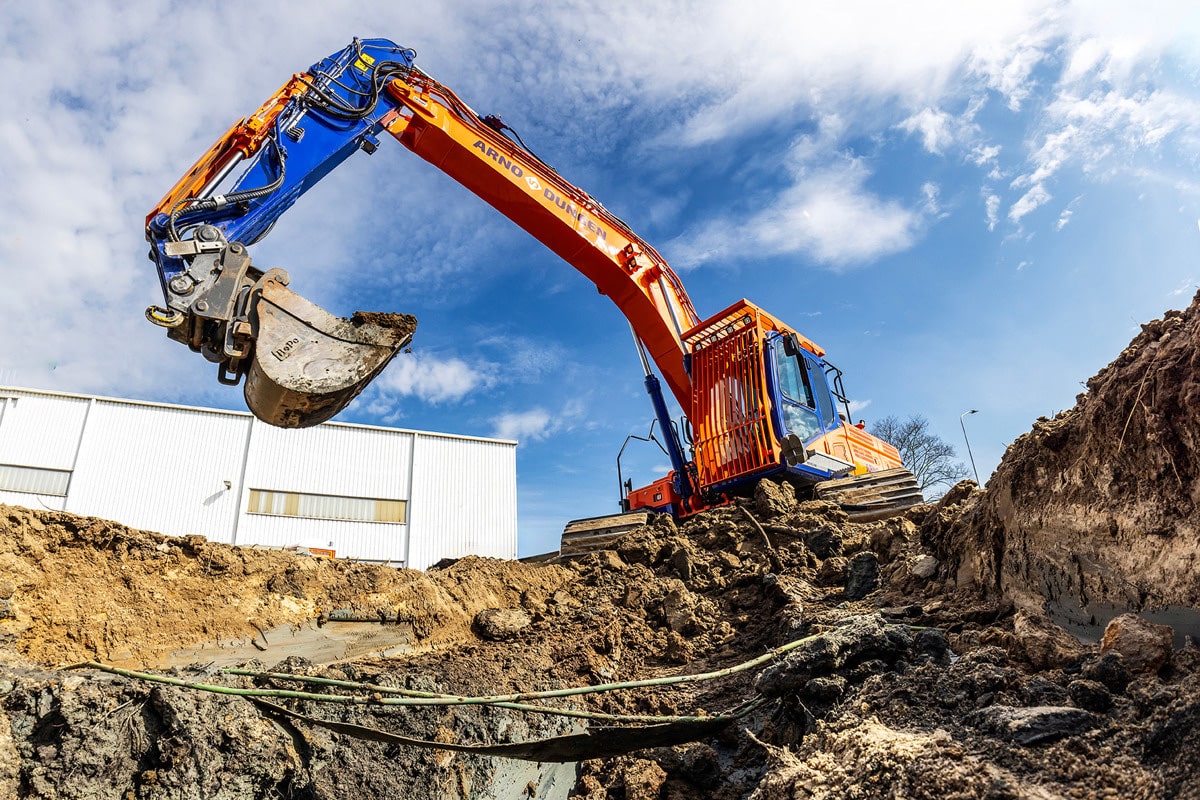
Monnickendam pumping station protects polders from climate change
A new storage basin pumping station is being built in the Nieuwendam near Monnickendam on behalf of the Hollands Noorderkwartier Water Board. Together with the pumping station at Schardam completed in 2017, the new pumping station will soon protect the polders north of Amsterdam from climate change. Interesting detail: in 1895, engineer August Rups already made the first sketches for a storage pumping station at almost the same location. After more than 125 years it is finally going to happen. Polder at its best.

The polders behind the Nieuwendam effectively form a bathtub in the landscape. "Through the Schermerboezem system, water from the polders is drained and supplied," Maarten Poort, water systems project manager at the Water Board, outlines the situation on site. "The Schermerboezem is a system of openly connected watercourses. The system extends from Den Helder to Zaandam where the water is drained via two existing pumping stations. Before the advent of the Afsluitdijk there was an extra possibility to drain the excess water on the east side of the Schermerboezem system to the Zuiderzee via sluices under free fall. We lost that extra drainage possibility with the embankment."

Grindstop
Due to climate change, we will increasingly face extreme weather such as heavy cluster showers, higher temperatures and periods of drought. "The current storage basin system is not designed for this," notes Poort. "During heavy flooding, the level in the storage basin rises so much that the small polder pumping stations have to be shut down because the system becomes overloaded. Obviously you want to prevent such a grinding halt. To make the polders less vulnerable to climate change, the storage basin must not be the weakest link in the receiving system. It was therefore decided to bring back part of the extra drainage capacity we used to have, but in the form of two new pumping stations: at Schardam and Monnickendam. With a total of four polder pumping stations on the Schermerboezem (including Helsdeur pumping station near Den Helder and the Zaang pumping station in Zaandam), the Schermerboezem area is assured of discharge: what the polder pumping stations throw at it, the polder pumping stations can discharge, and even a little more than that. A nice bonus is that the recent pumping station at Schardam and the new pumping station at Monnickendam can also work the other way around during periods of great drought - with some modifications - and supply water from the Markermeer to the polders."

Special place
Monnickendam Pumping Station is being built on a special site. "The great thing is that not only August Rups, but even our distant ancestors with their knowledge of water systems came to exactly the same conclusion about the location, as evidenced by the archaeological discovery of an ancient floodgate in the Nieuwendam," says Siem Jan Schenk, high water board and water systems portfolio holder at Hoogheemraadschap Hollands Noorderkwartier. "The situation anno 2022, by the way, is a little different. The outlet pumping station will be built under one of the busiest provincial roads in North Holland in a primary dam. A complicated site with many complications, but ultimately the most suitable location. You can only do it right once. The extra costs and complications are temporary, the effect is long-lasting."

Valuable addition
Monnickendam pumping station will soon have a capacity of 1,200 m3 per minute, while the pumping station at Schardam can pump the contents of an Olympic-sized swimming pool every minute (2,000 m3). "Both pumping stations are part of a number of policy developments to anticipate water shortages and flooding," Schenk summarizes. "The two pumping stations are a very valuable addition to the 'toolbox' of the two other discharge points on the Schermerboezem." Schenk speaks from experience, having experienced several grinding stops in the past as a farmer in the area. Poort adds: "Water that you grind through the pumping station in Den Helder into the Wadden Sea and in Zaandam into the brackish North Sea Canal is lost. The two new polder pumping stations discharge water into the Markermeer, which acts as a kind of expansion vessel; the water is not lost but can be pumped back during extreme drought. And so we protect the polders from climate change."
The construction of Pumping Station Monnickendam is made possible in part by the European Agricultural Fund for Rural Development: Europe Investing in its Countryside.



